Feb. 21, 2025
-
Feb. 23, 2025
shenzhen
From February 21 to 23, 2025, the 10th Asian Summit on Cardiac Arrhythmias was grandly held in Shenzhen by the Asian Heart Rhythm Association (AHRA). As a key component of the summit, the ACAS&CCAS Basic Research Forum convened on February 23 to advance academic exchange and collaboration in this field and explore the underlying mechanisms of cardiac arrhythmias. The forum brought together leading global experts and scholars in cardiovascular disease research to delve into cutting-edge topics such as arrhythmia pathogenesis, genetic mutations, pharmacological interventions, and novel drug development.
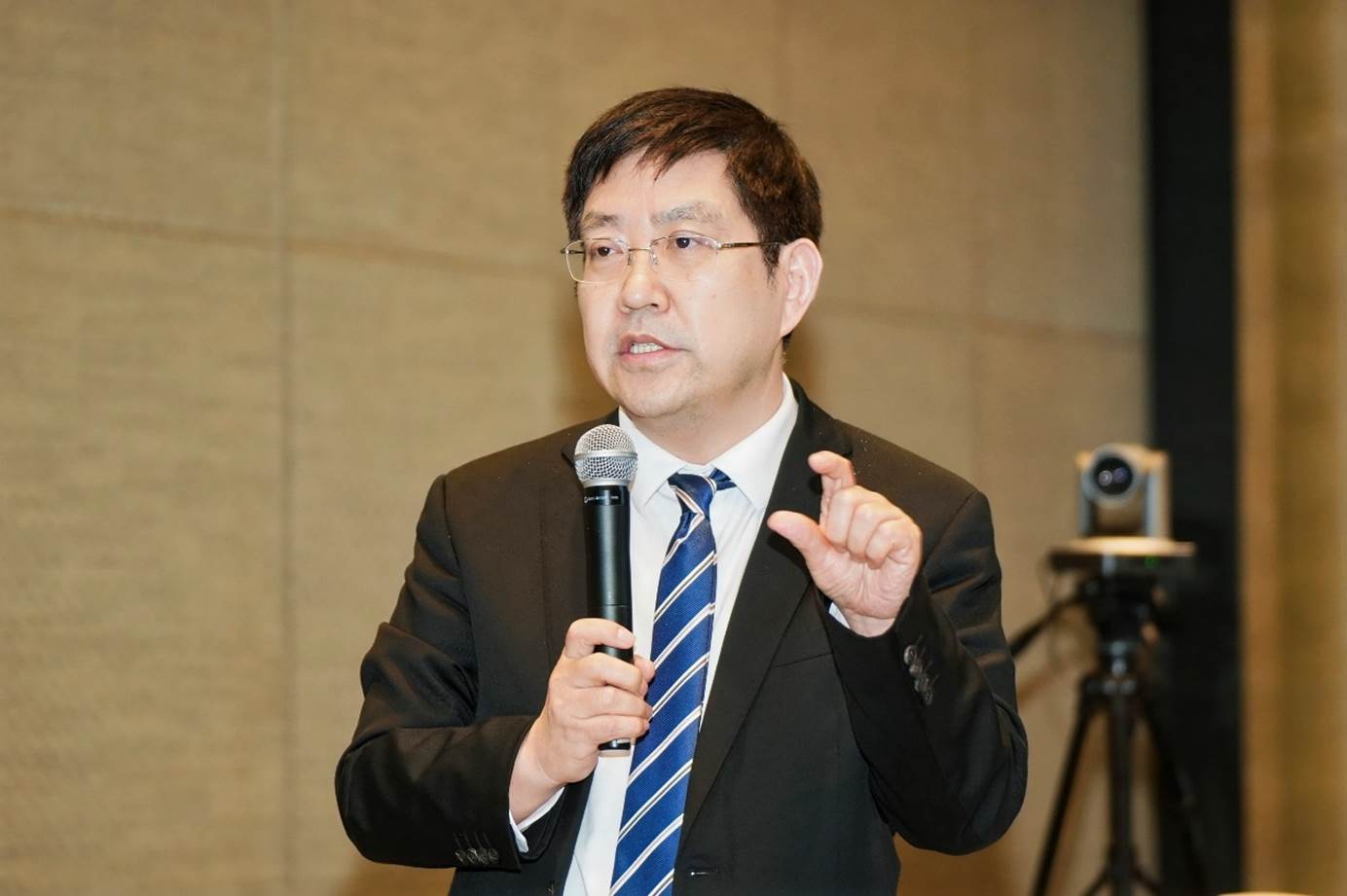
The forum commenced with an opening speech by Professor Ru-Xing Wang from the Affiliated Wuxi People's Hospital of Nanjing Medical University. Professor Wang warmly welcomed and thanked the attendees, emphasizing the critical role of basic research in arrhythmia studies. Arrhythmias, as common cardiovascular disorders, pose a significant threat to human health. Basic research is essential for uncovering pathogenic mechanisms, identifying therapeutic targets, and providing scientific foundations for early diagnosis, precision medicine, and drug development. These efforts ultimately improve patient outcomes and reduce disease burden. The AHRA and ACAS&CCAS organizing committee established this platform to foster innovation in arrhythmia research and inject new momentum into cardiovascular health initiatives.
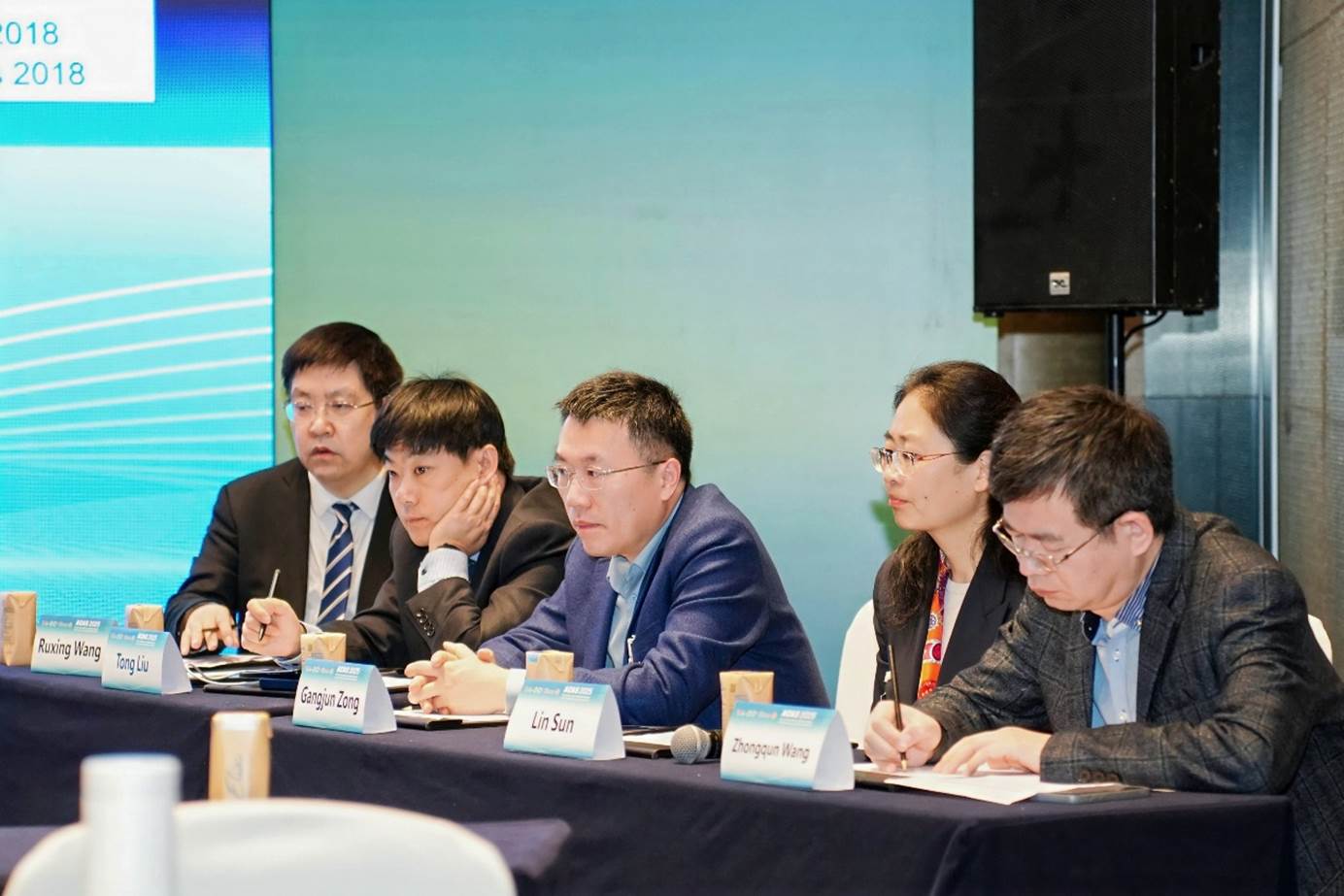
The forum was chaired by Professor Ru-Xing Wang (Affiliated Wuxi People's Hospital of Nanjing Medical University), Professor Tong Liu (Second Hospital of Tianjin Medical University), Professor Gang-Jun Zong (The 904th Hospital of the Joint Logistics Support Force of the Chinese People’s Liberation Army), Professor Lin Sun (Second Affiliated Hospital of Kunming Medical University), and Professor Zhong-Qun Wang (Affiliated Hospital of Jiangsu University). Distinguished scholars from around the world presented their latest findings in arrhythmia research. Their reports spanned molecular mechanisms, genetic mutations, pharmacological strategies, and drug discovery, bridging cutting-edge science with clinical practice. Attendees engaged in vigorous discussions on topics such as leveraging basic research to advance precision prevention and treatment of arrhythmias, optimizing therapeutic regimens to enhance patient quality of life, and translating discoveries into clinical breakthroughs.
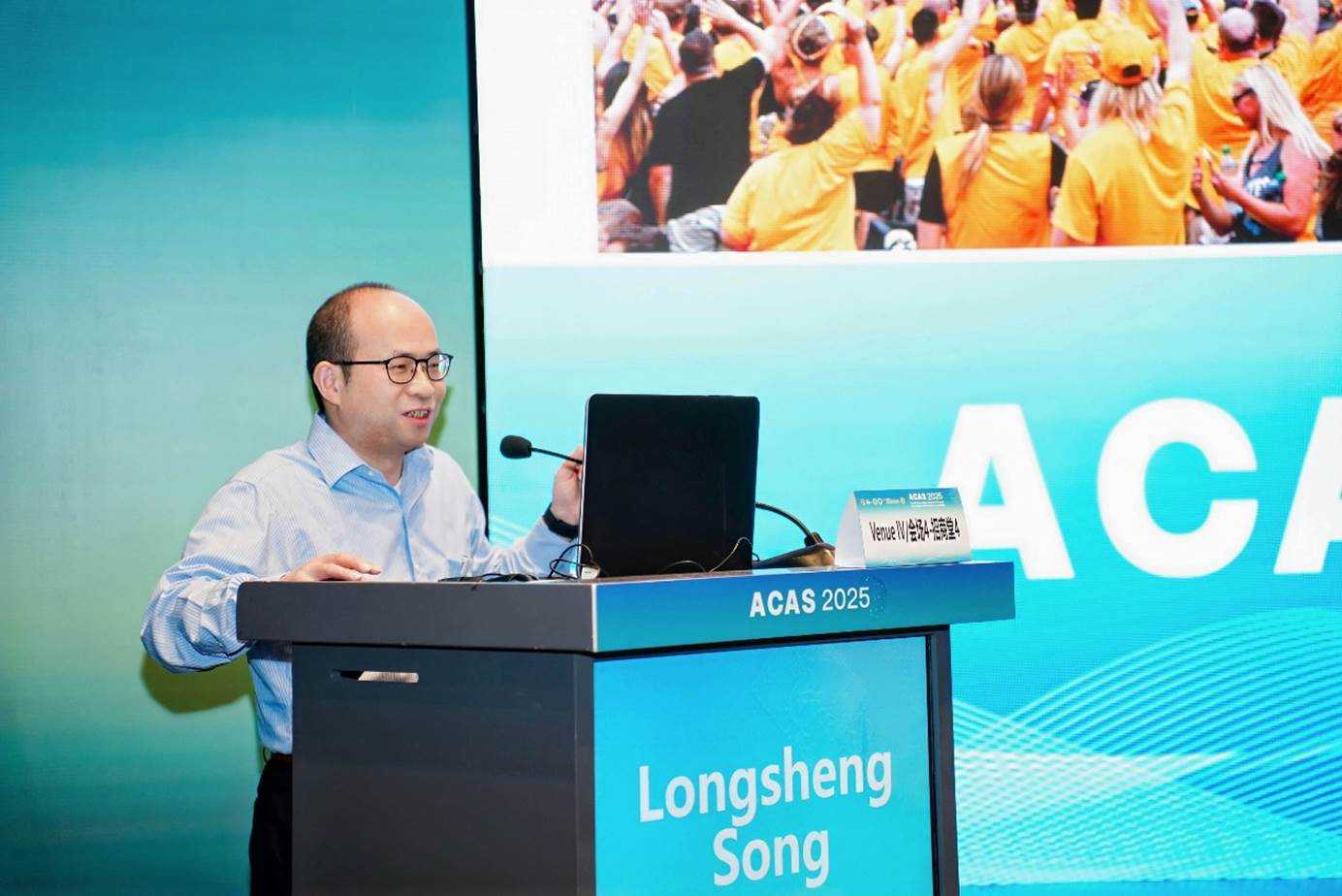
Professor Long-Sheng Song (University of Iowa Carver College of Medicine)
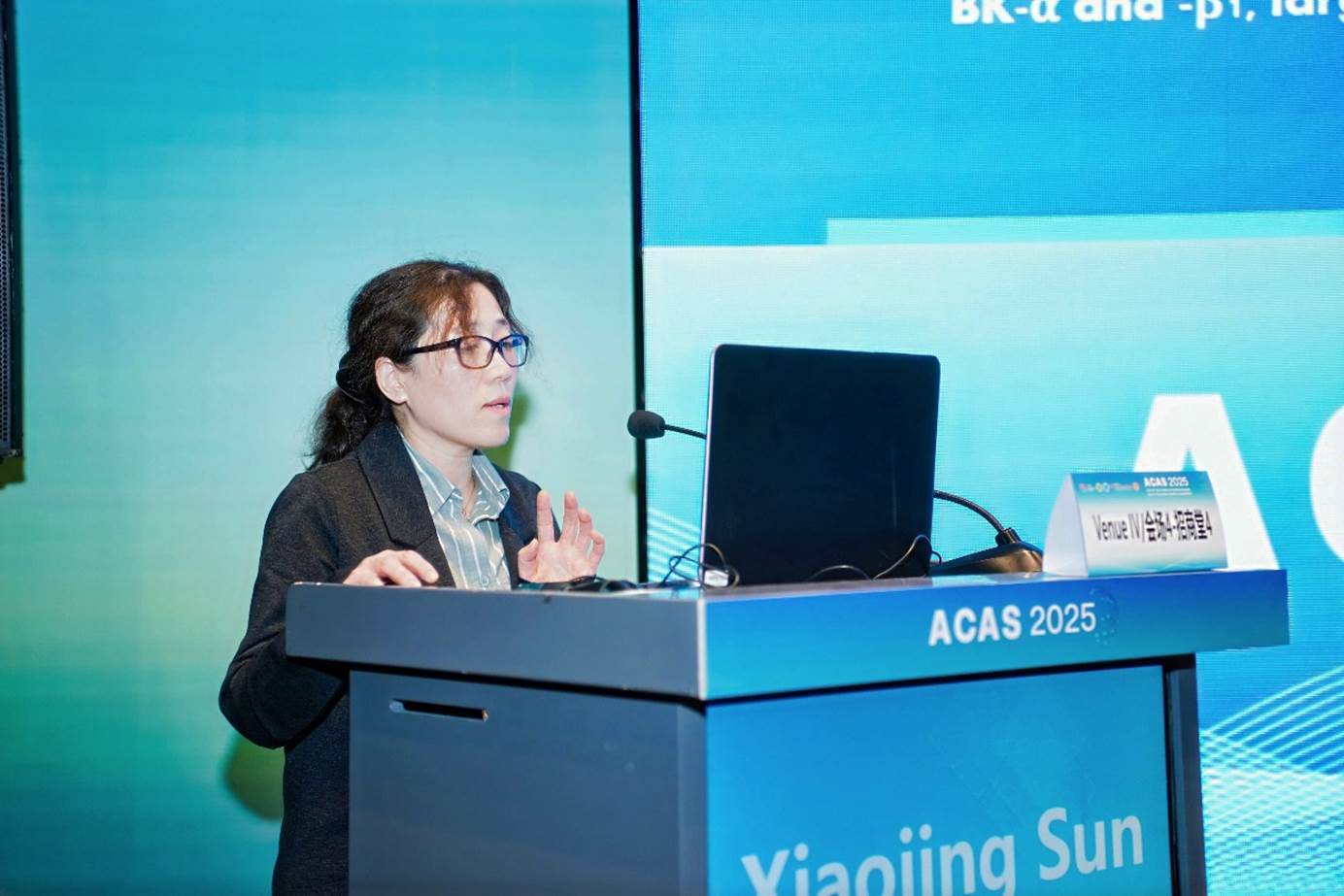
Professor Xiao-Jing Sun (Mayo clinic)
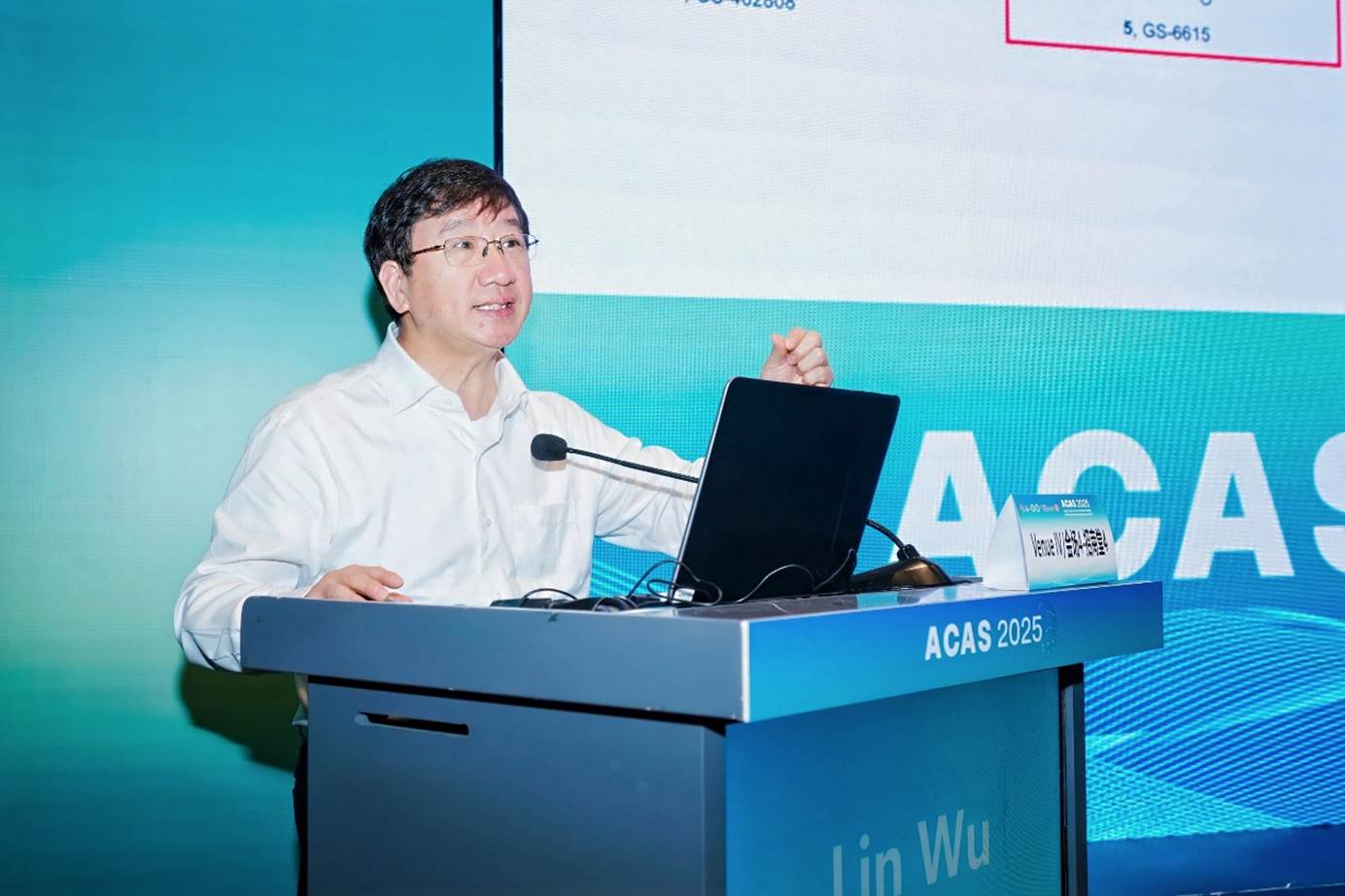
Professor Lin Wu (Peking University First Hospital)
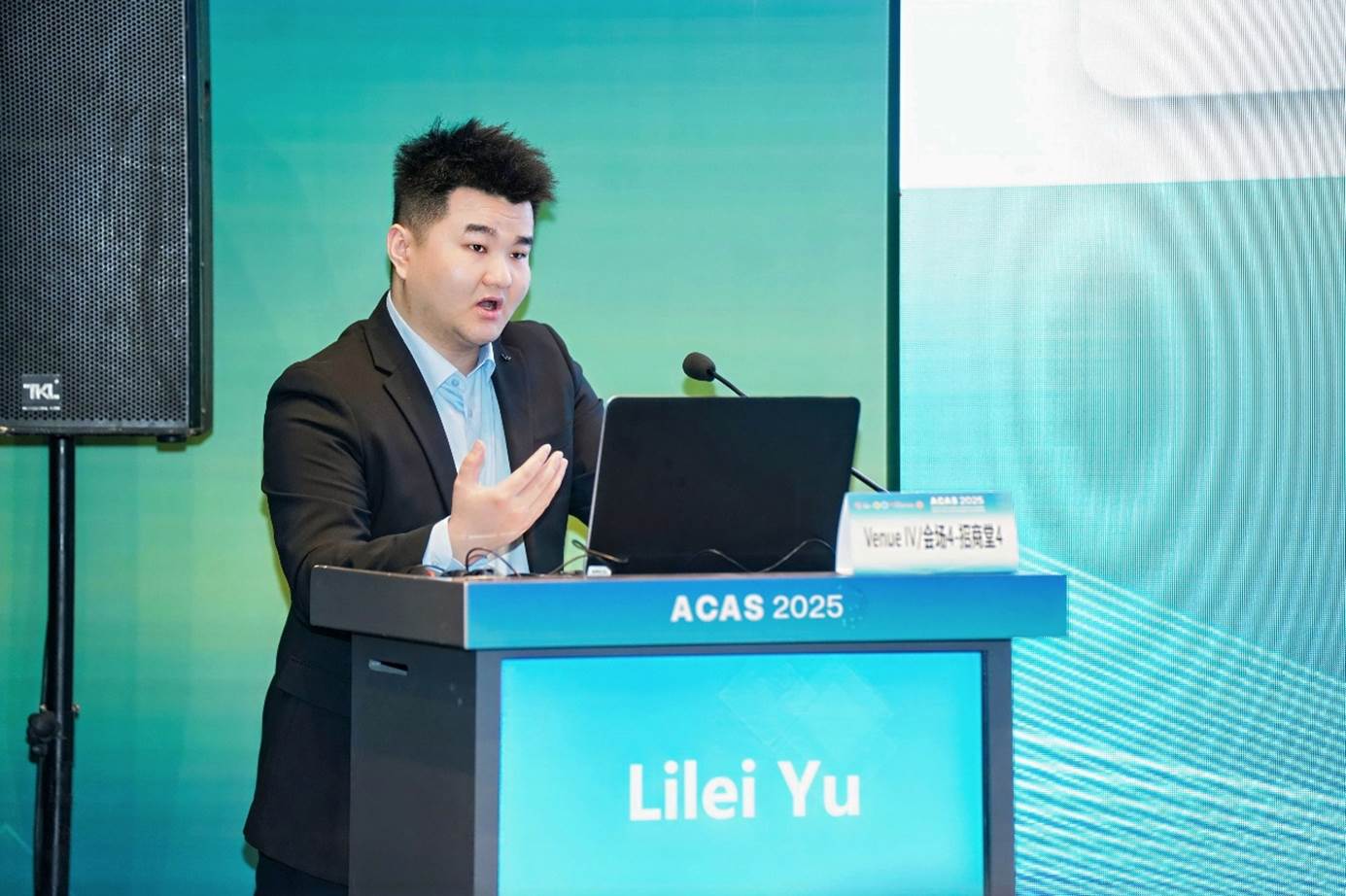
Team member of Professor Li-Lei Yu (People’s Hospital of Wuhan University)
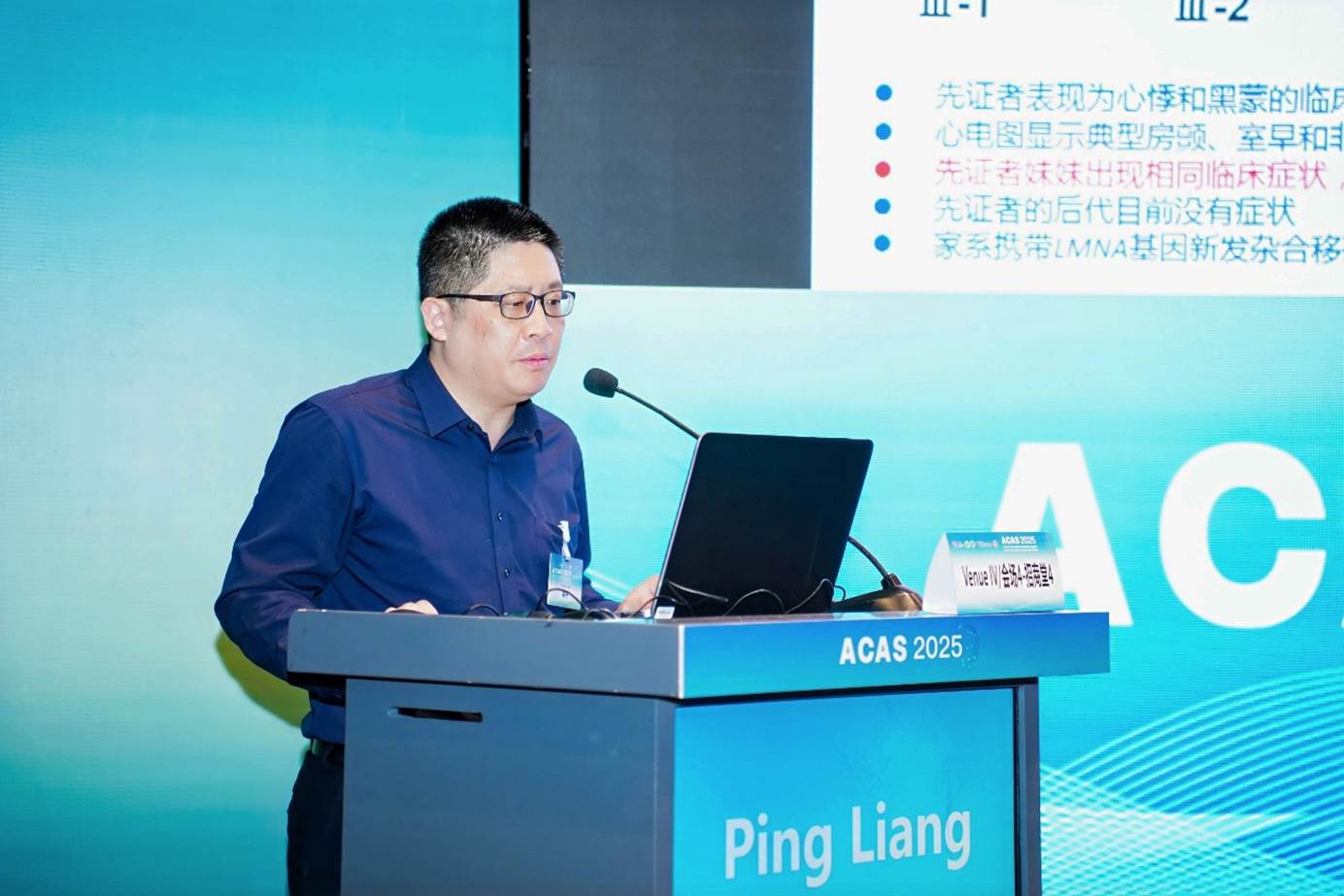
Professor Ping Liang (Institute of Translational Medicine, Zhejiang University)
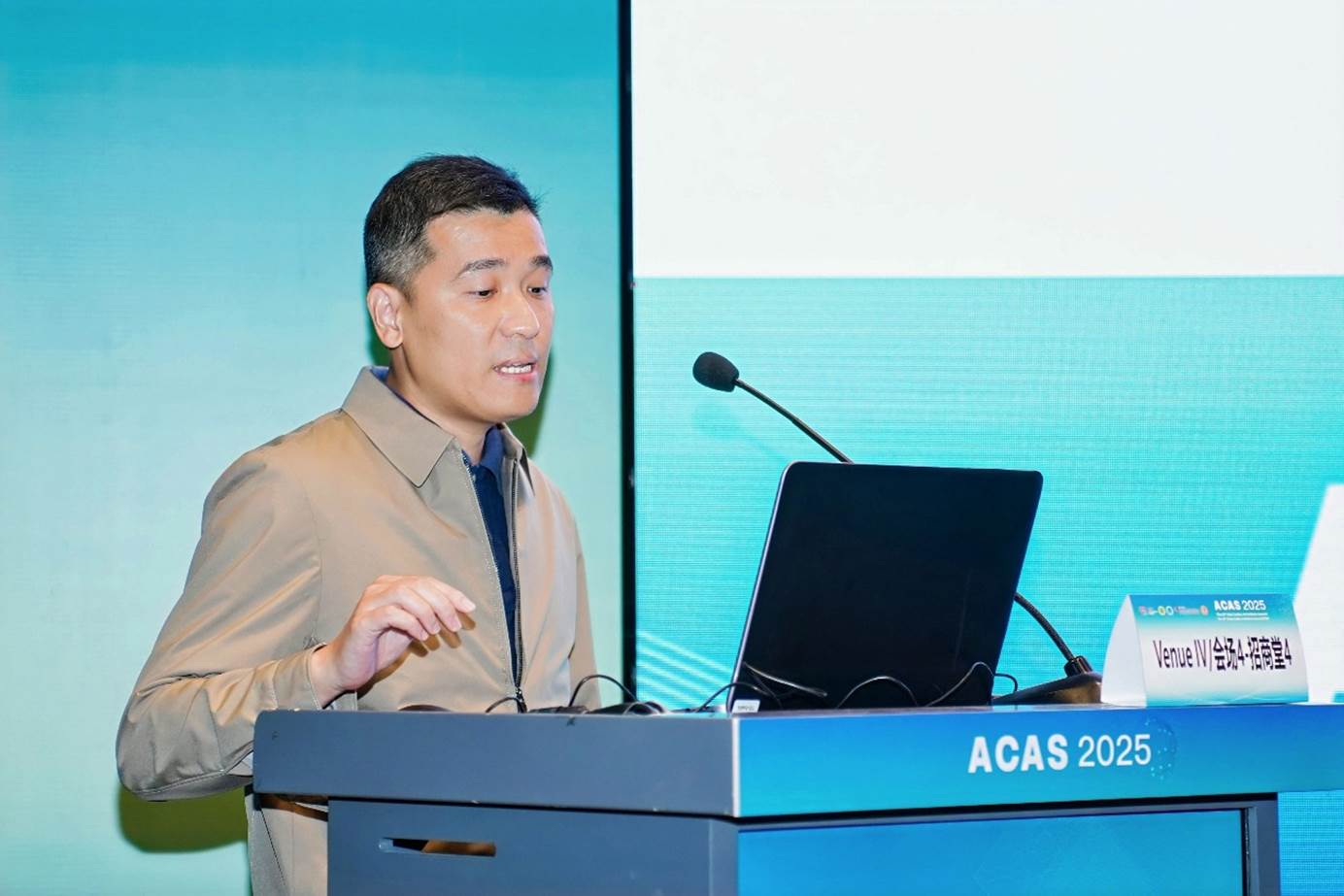
Professor Yi-Ming Xu (School of Basic Medicine, Guangzhou Medical University)
First Half of the Meeting Highlights
- Professor Long-Sheng Song (University of Iowa Carver College of Medicine): Preventing Site-Specific Calpain Proteolysis of Junctophilin-2 Protects Against Stress-Induced Excitation-Contraction Uncoupling and Heart Failure Development.
- Professor Xiaojing Sun (Mayo Clinic): Sorbs2 Deficiency and Vascular BK Channelopathy in Diabetes.
- Professor Lin Wu (Peking University First Hospital): 1,4-Disubstituted Piperazin-2-Ones as Selective Late Sodium Current Inhibitors with QT Interval Shortening Properties in Isolated Rabbit Hearts.
- Team member of Professor Li-Lei Yu (People’s Hospital of Wuhan University): Mast cell stabilizer, an anti-allergic drug, reduces ventricular arrhythmia risk via modulation of neuroimmune interaction.
- Professor Ping Liang (Institute of Translational Medicine, Zhejiang University): Lamin A/C deficiency-mediated ROS elevation contributes to pathogenic phenotypes of dilated cardiomyopathy in iPSC model.
- Professor Yi-Ming Xu (Guangzhou Medical University): Endothelial nucleotide-binding oligomerization domain-like receptor protein 3 inflammasome regulation in atherosclerosis.
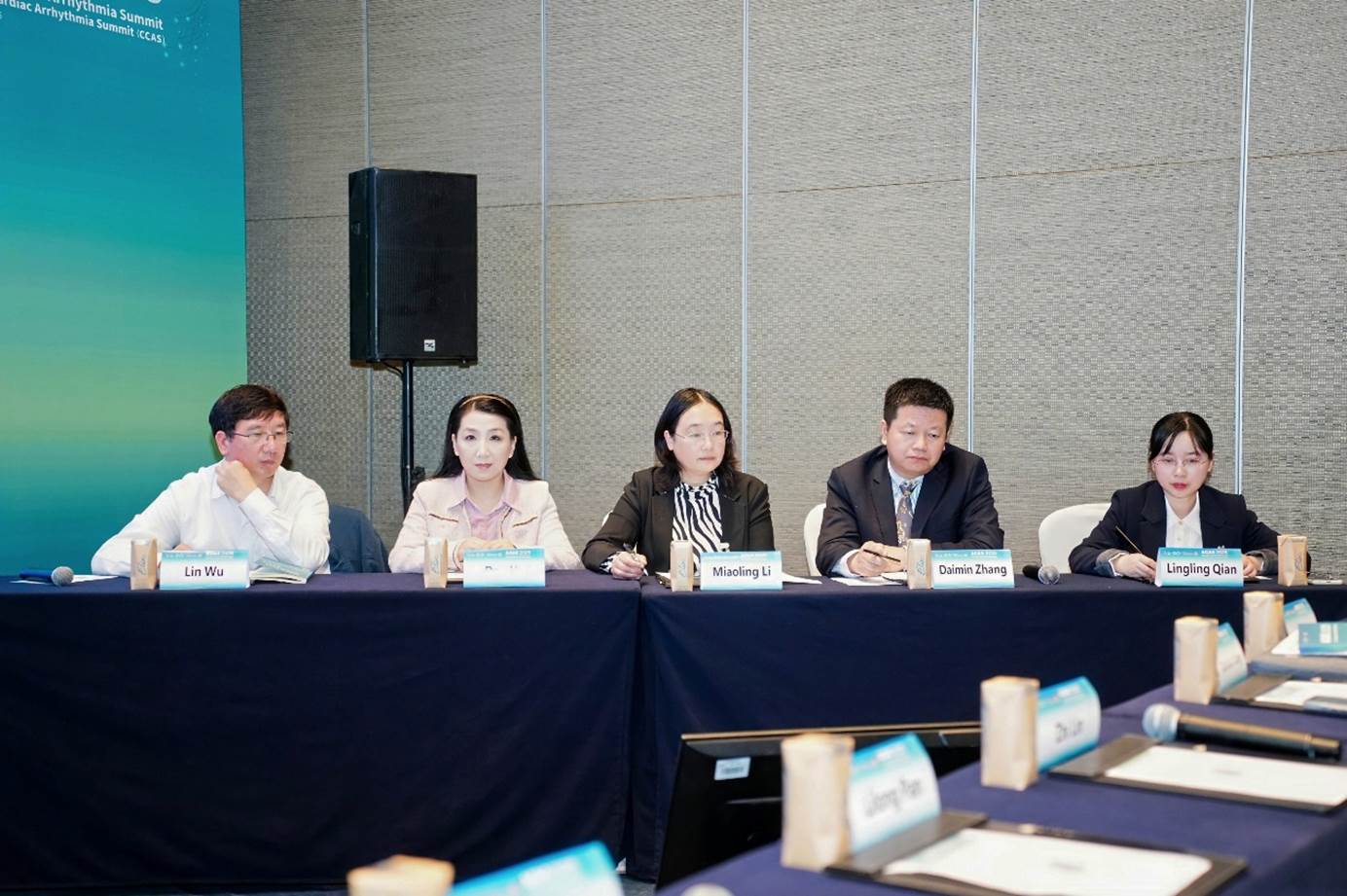
The second half of the meeting was chaired by Professor Lin Wu (Peking University First Hospital), Professor Dan Hu (People’s Hospital of Wuhan University), Professor Miao-Ling Li (Cardiovascular Research Institute, Southwest Medical University), Professor Dai-Min Zhang (Yifu Hospital Affiliated to Nanjing Medical University), and Professor Ling-Ling Qian (Affiliated Wuxi People's Hospital of Nanjing Medical University).
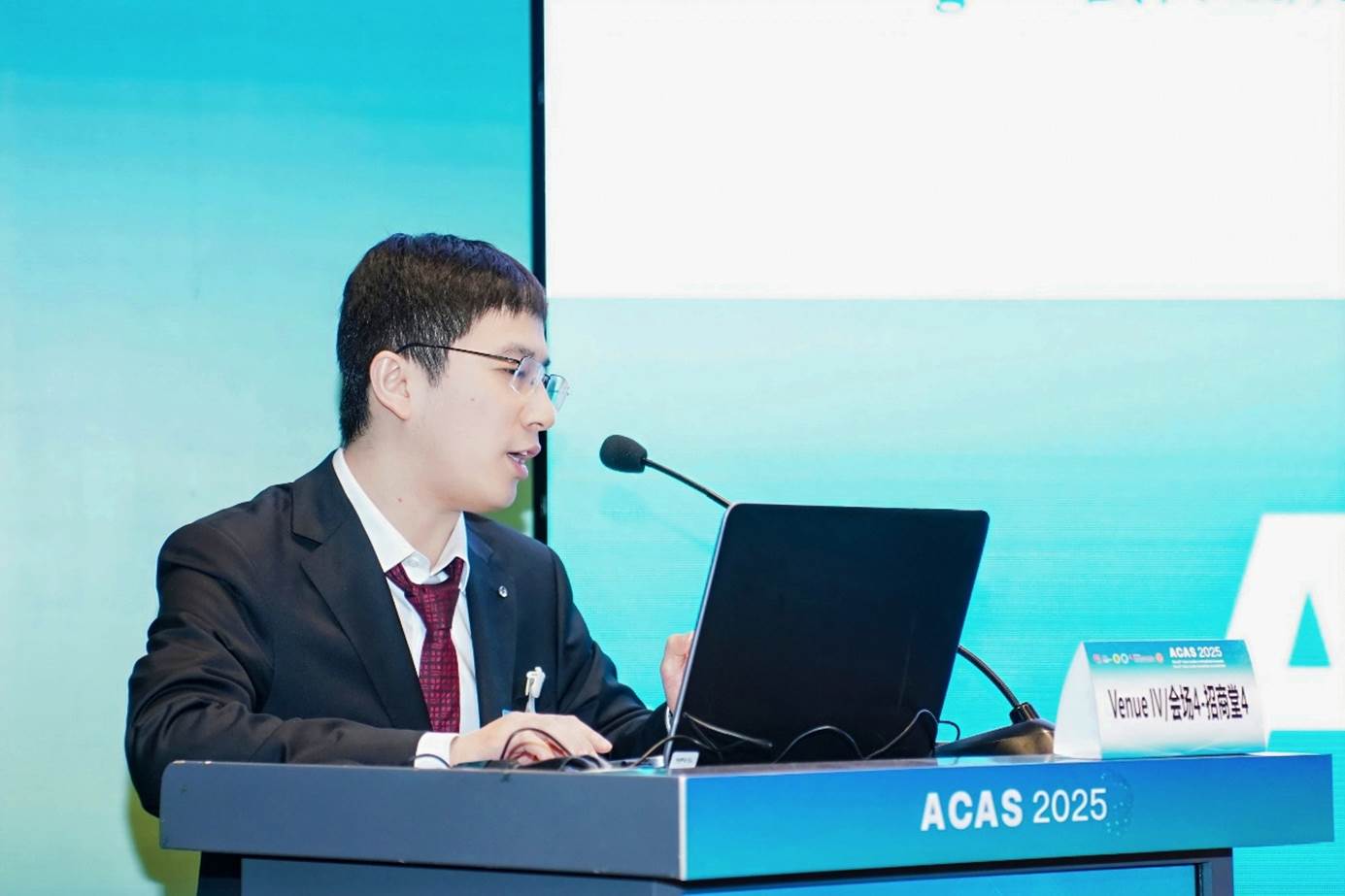
Team member of Professor Pu Yi (First Affiliated Hospital of Air Force Medical University)
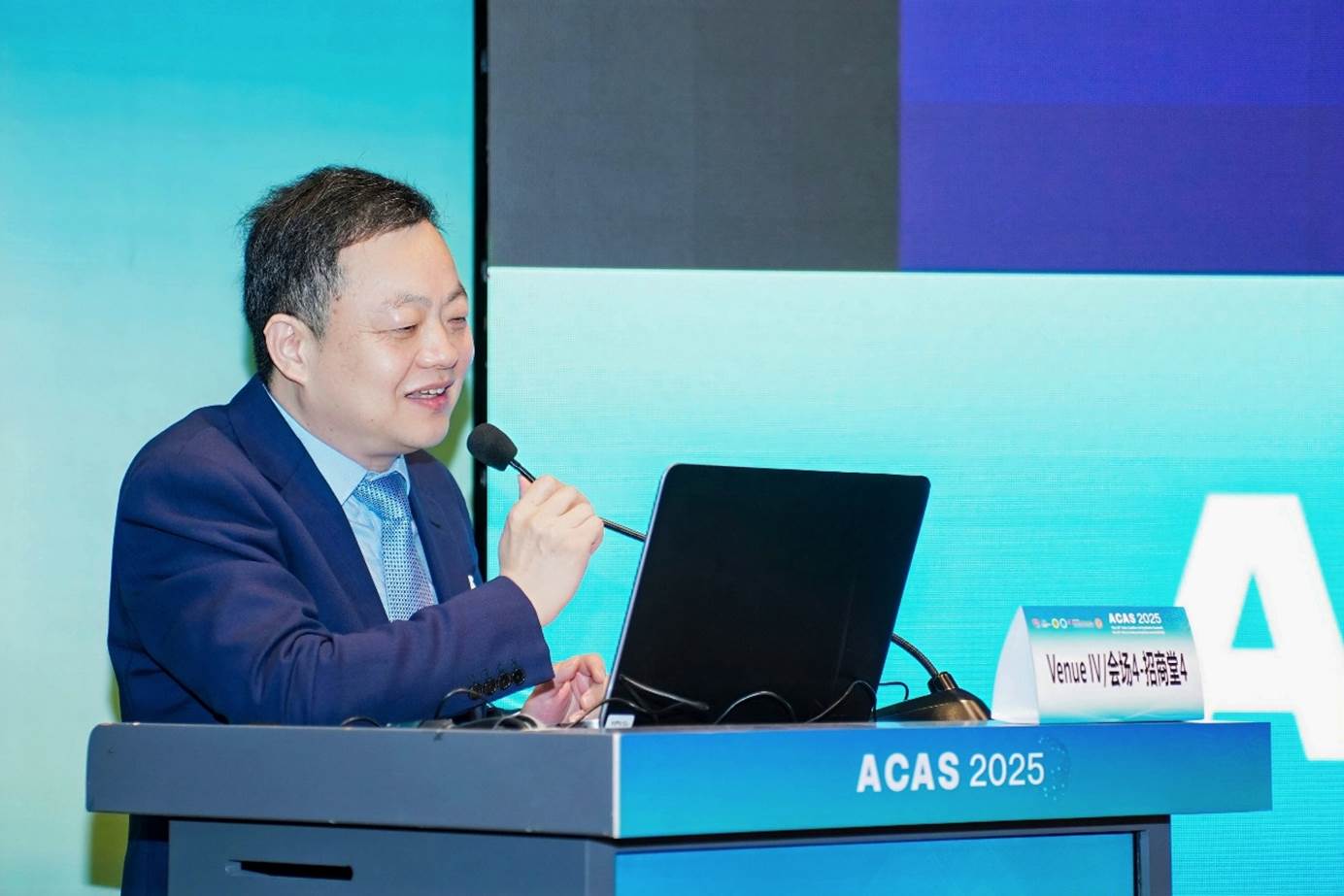
Professor Qun-Shan Wang, Xinhua Hospital (Affiliated to Shanghai Jiao Tong University)
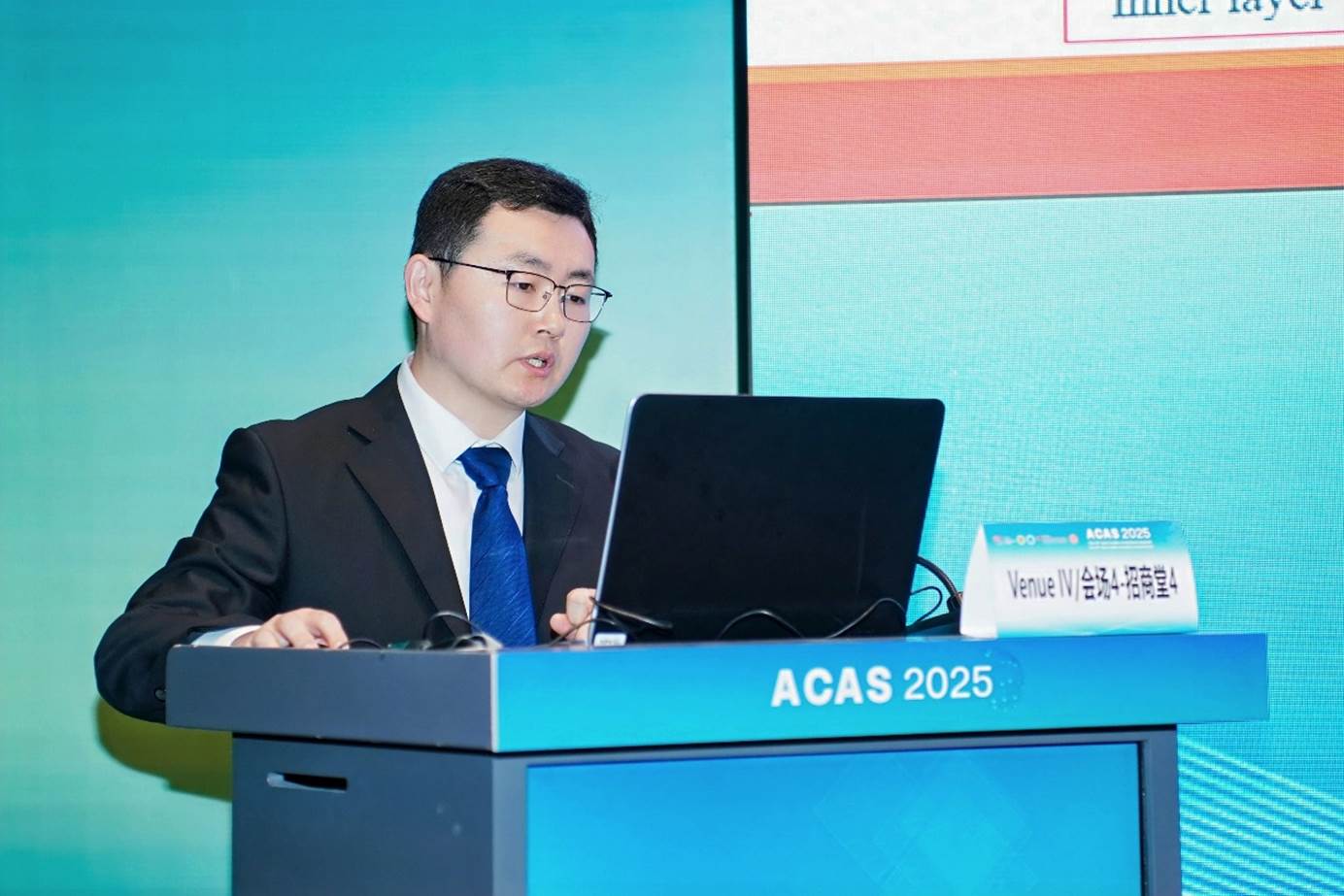
Professor Zhi Lin (Second Affiliated Hospital of Kunming Medical University)
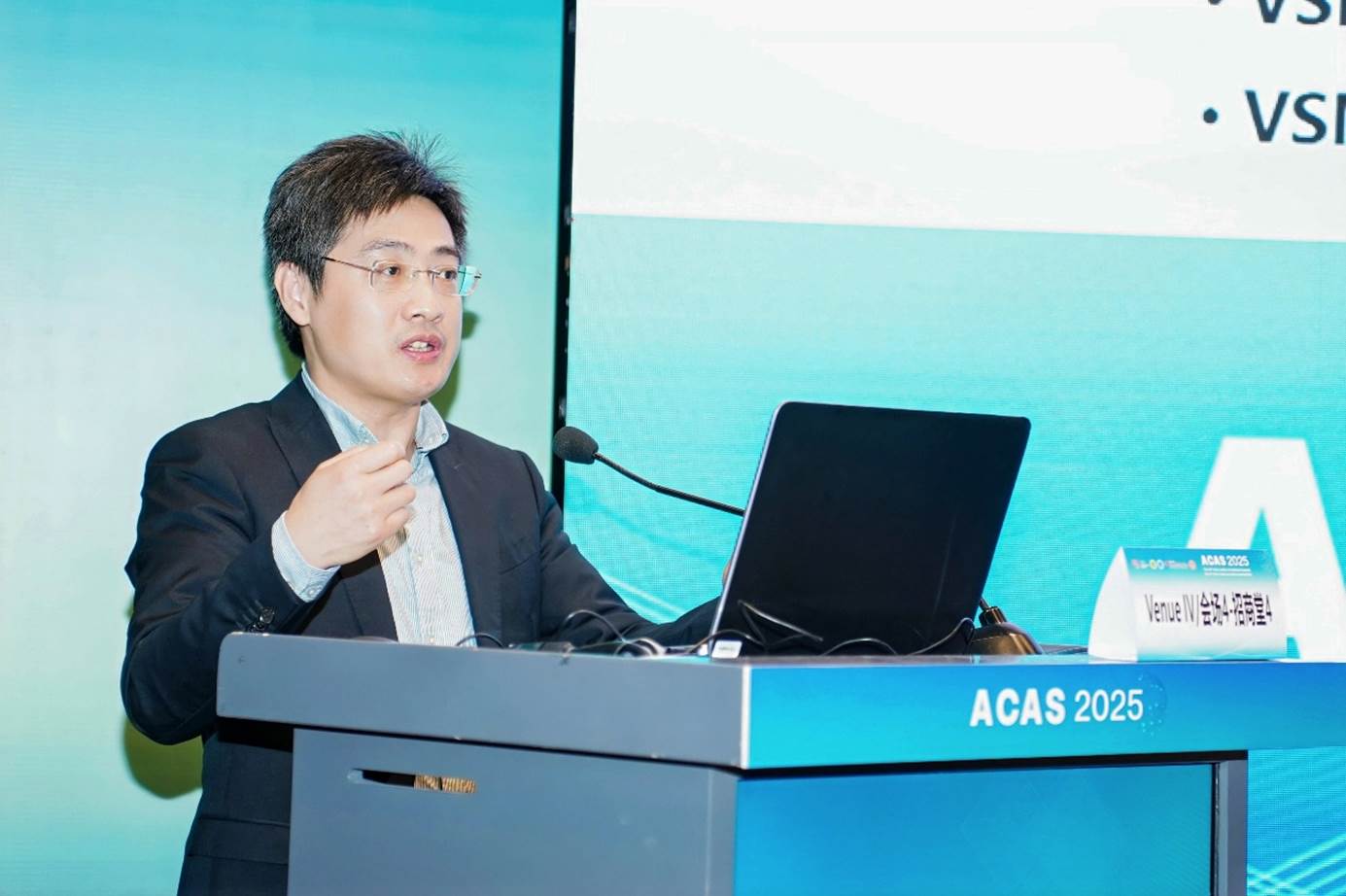
Professor Li-Long Pan (Wuxi Medical School of Jiangnan University)
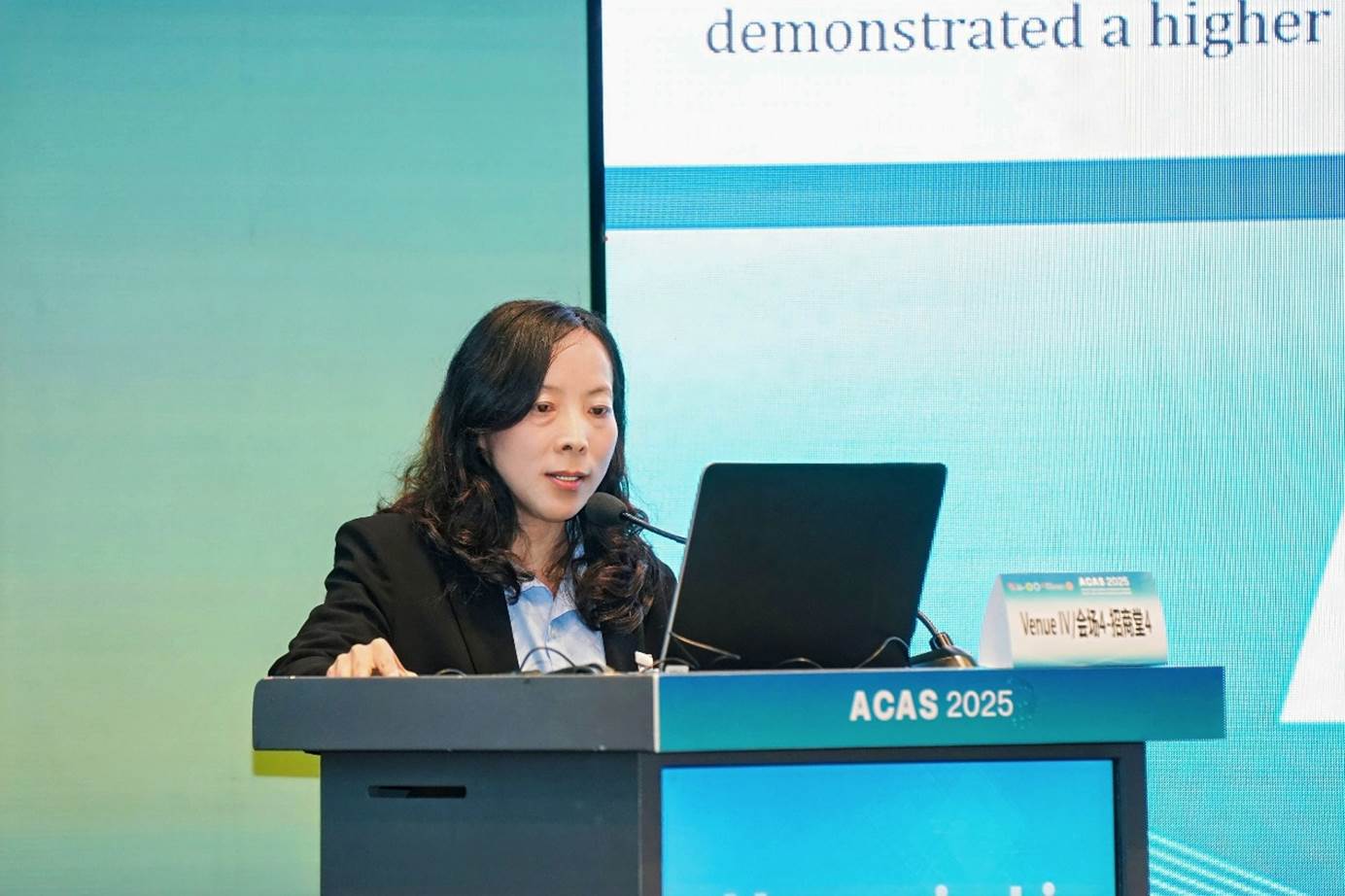
Professor Hong-Xia Li (First Affiliated Hospital of Soochow University)
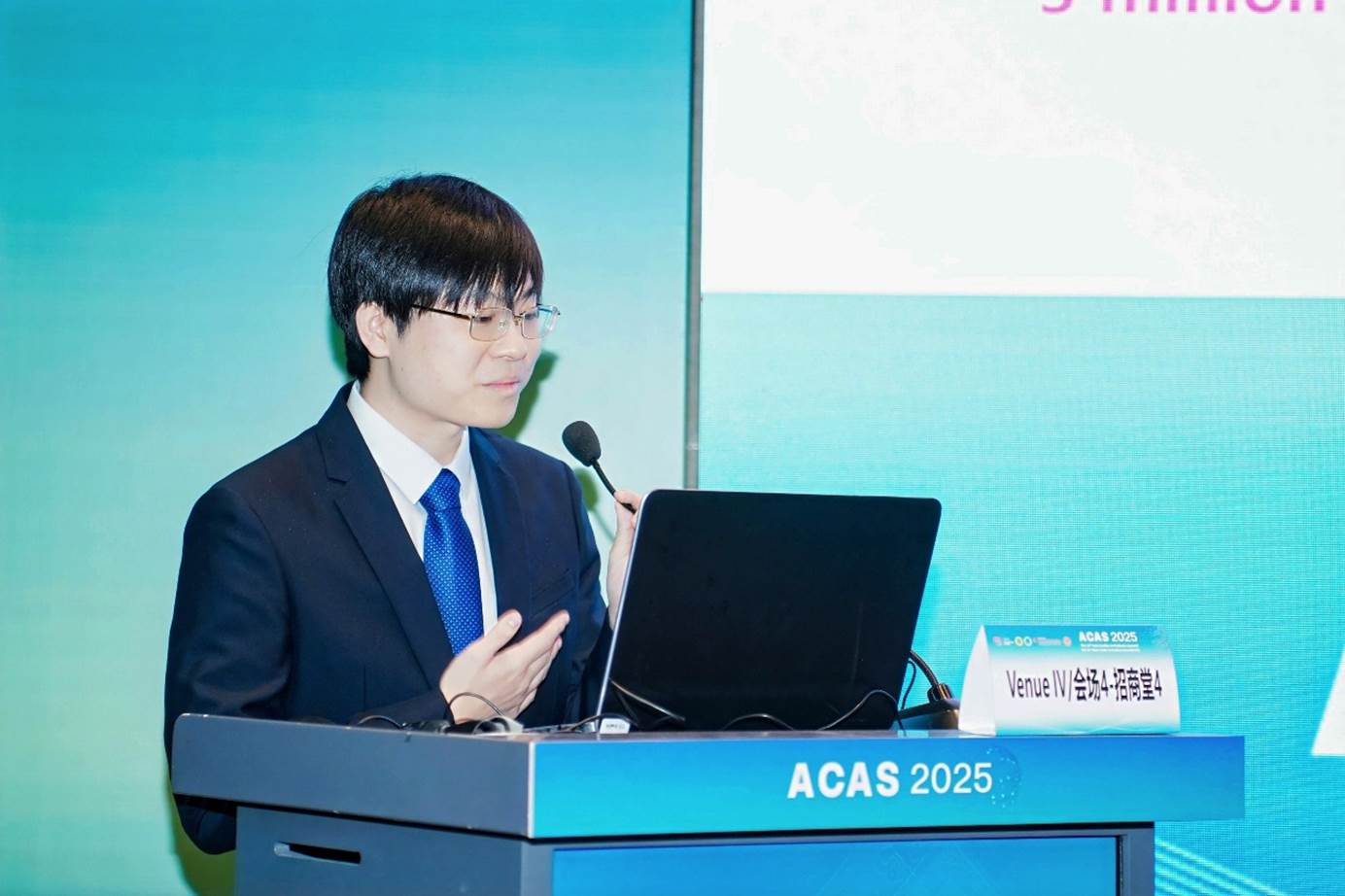
Ph.D. from Professor Hong-Yi Duan’s team (People’s Hospital of Wuhan University)
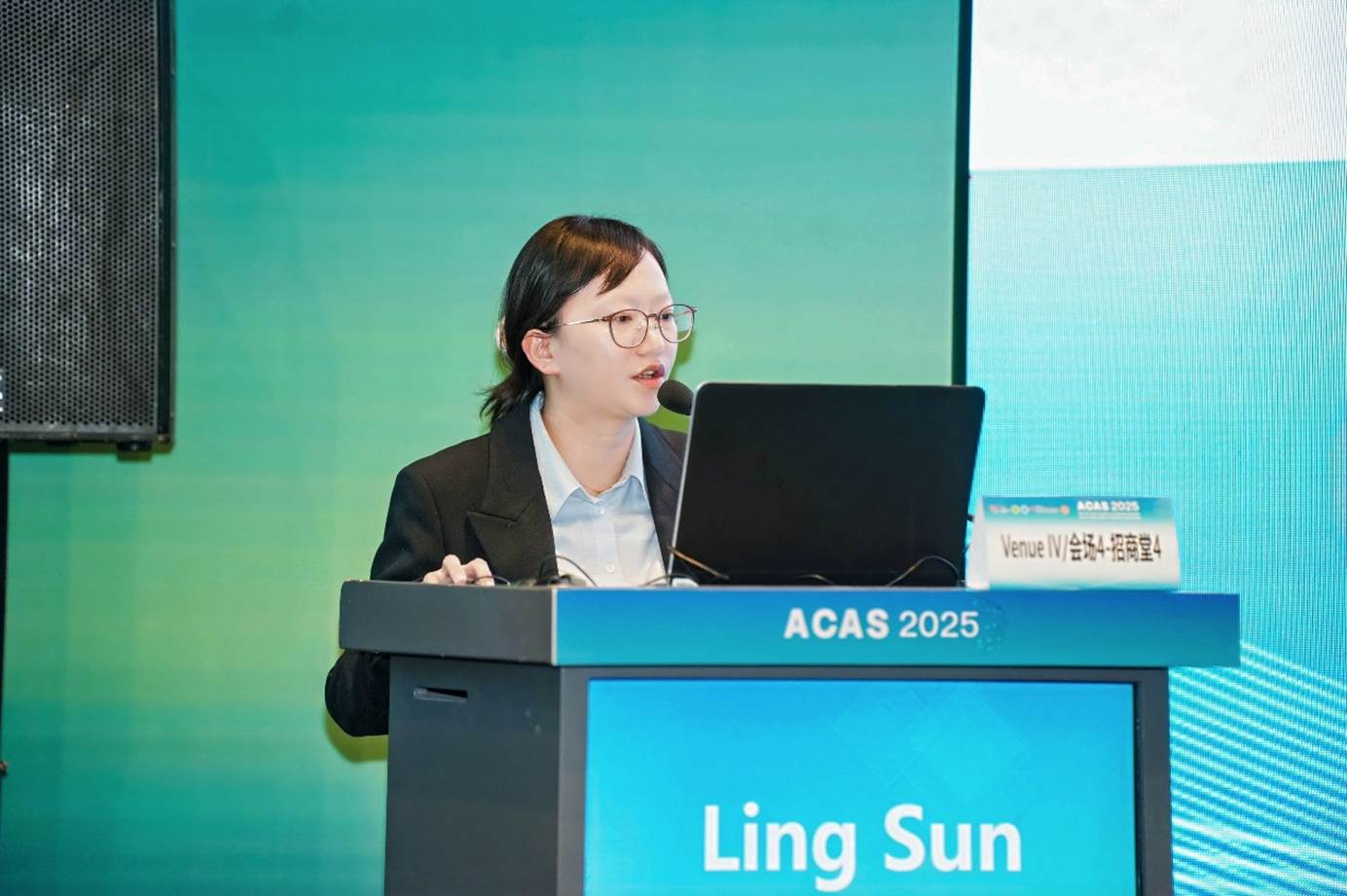
Professor Ling Sun (Affiliated Wuxi People's Hospital of Nanjing Medical University)
Second Half of the Meeting Highlights
- Team member of Professor Pu Yi (First Affiliated Hospital of Air Force Medical University): ROS in diabetic atria regulate SK2 degradation by Atrogin-1 through the NF-κB signaling pathway.
- Professor Qun-Shan Wang (Xinhua Hospital, Affiliated to Shanghai Jiao Tong University): NR4A3 prevents diabetes induced atrial cardiomyopathy by maintaining mitochondrial energy metabolism and reducing oxidative stress.
- Professor Zhi Lin (Second Affiliated Hospital of Kunming Medical University): Biomimetic fabricated tubular graft in situ immobilized with peptides to restore the vascular structure and regulate the inflammation homeostasis through gastrodin coating.
- Professor Li-Long Pan (Wuxi Medical School of Jiangnan University): Shizukaol C alleviates trimethylamine oxide-induced inflammation through activating Keap1-Nrf2-GSTpi pathway in vascular smooth muscle cell.
- Professor Hong-Xia Li (First Affiliated Hospital of Soochow University): An infusible biologically active adhesive for chemotherapy-related heart failure in elderly rats..
- Ph.D. from Professor Hong-Yi Duan 's team (People’s Hospital of Wuhan University): Underlying mechanism of atrial fibrillation-associated Nppa-I137T mutation and cardiac effect of potential drug therapy.
- Professor Ling Sun (Affiliated Wuxi People's Hospital of Nanjing Medical University): Extracellular vesicle mediated targeting delivery of growth differentiation factor-15 improves myocardial repair by reprogramming macrophages post myocardial injury.
In closing remarks, Professor Ru-Xing Wang expressed heartfelt gratitude to all participants for their insightful contributions and encouraged continued exploration in arrhythmia research. He highlighted the complexity of arrhythmia pathogenesis and the challenges in treatment but affirmed that collaborative efforts would yield transformative breakthroughs, paving the way for precision therapies.
Supported by Professor Yan Yao (Congress Chair) and meticulously organized by Professor Ru-Xing Wang, the forum showcased global advancements in arrhythmia mechanisms, genetics, and therapeutics. Participants unanimously agreed that ongoing innovation and interdisciplinary collaboration will unlock new frontiers in arrhythmia prevention, diagnosis, and treatment, ultimately improving patient care and quality of life.
